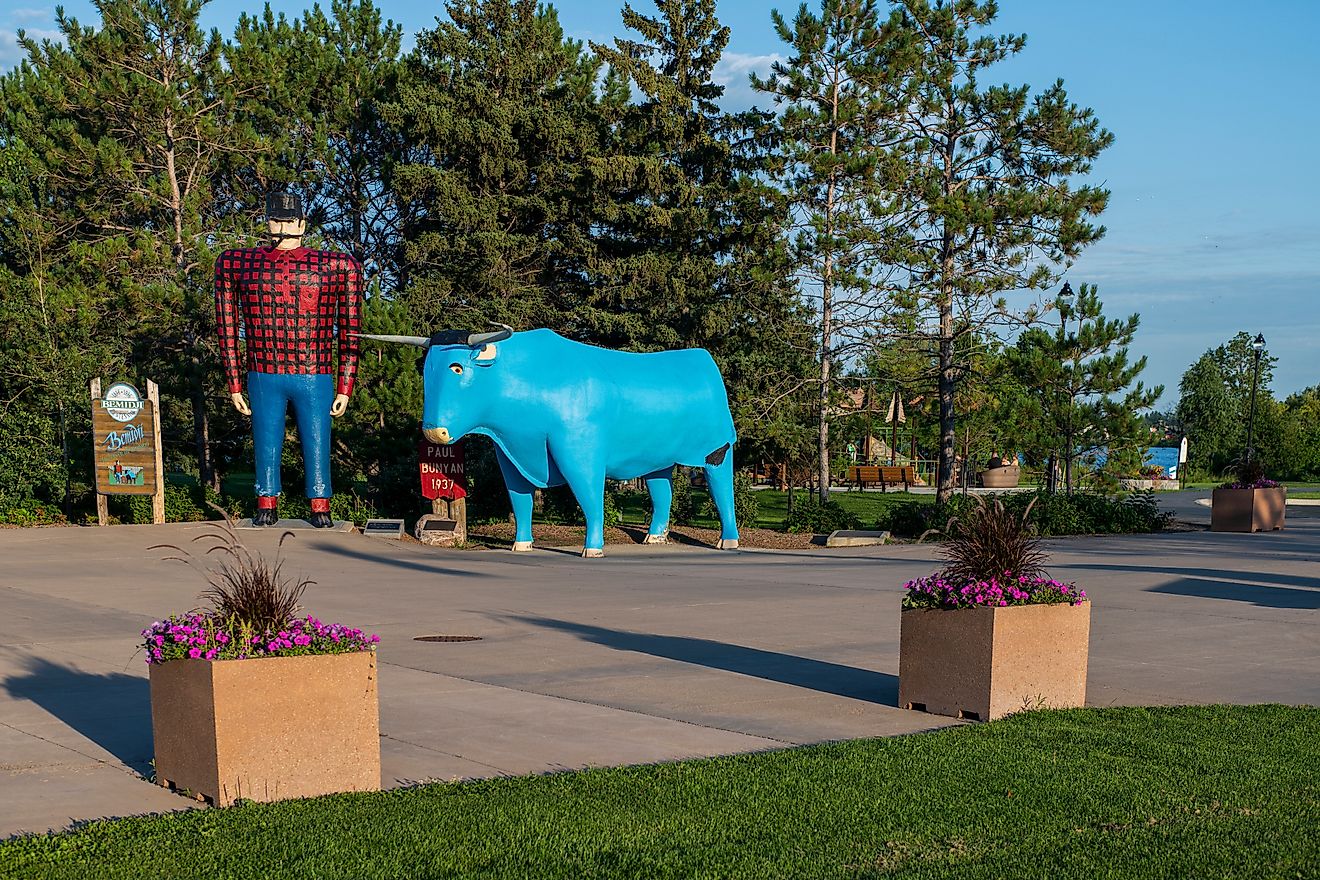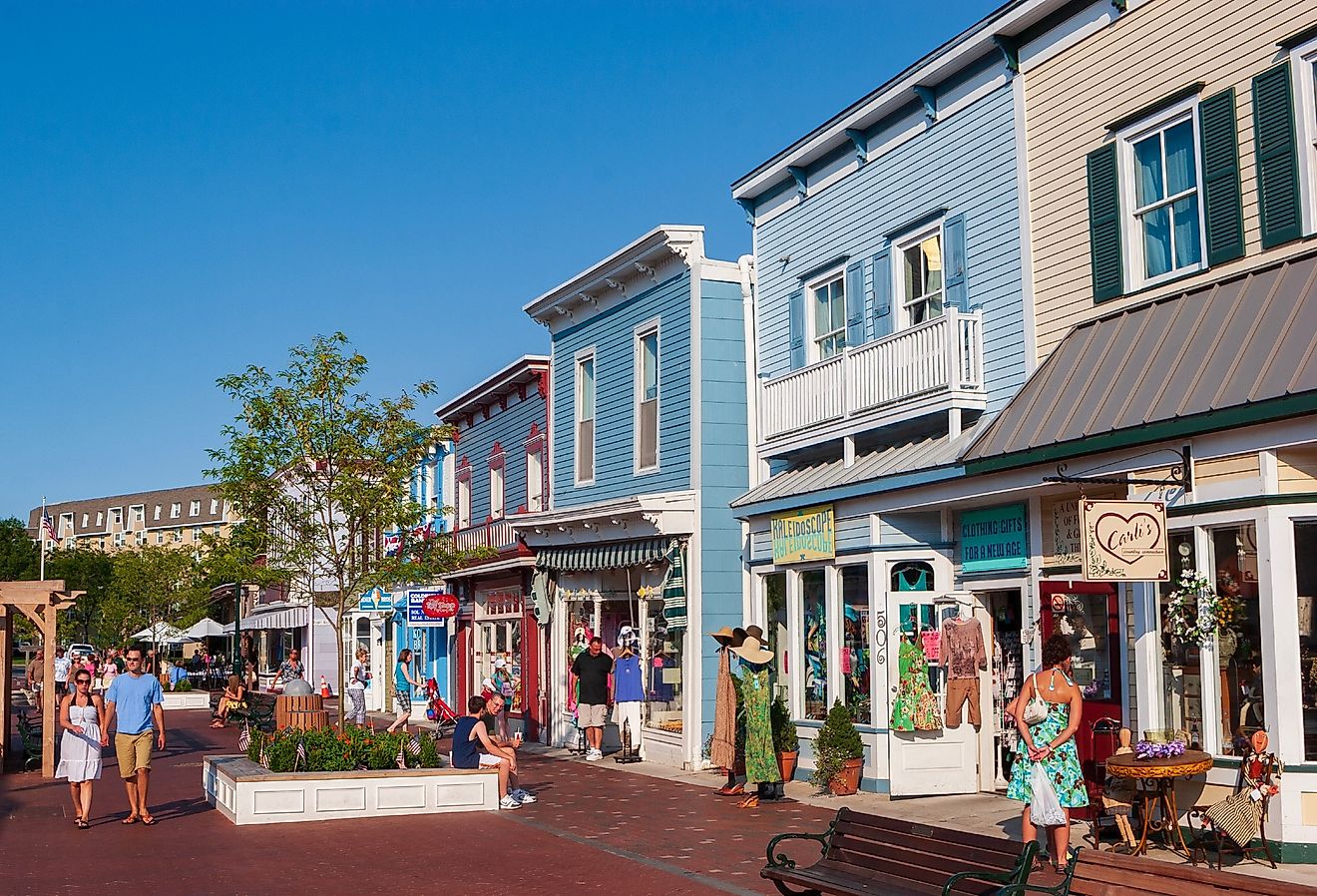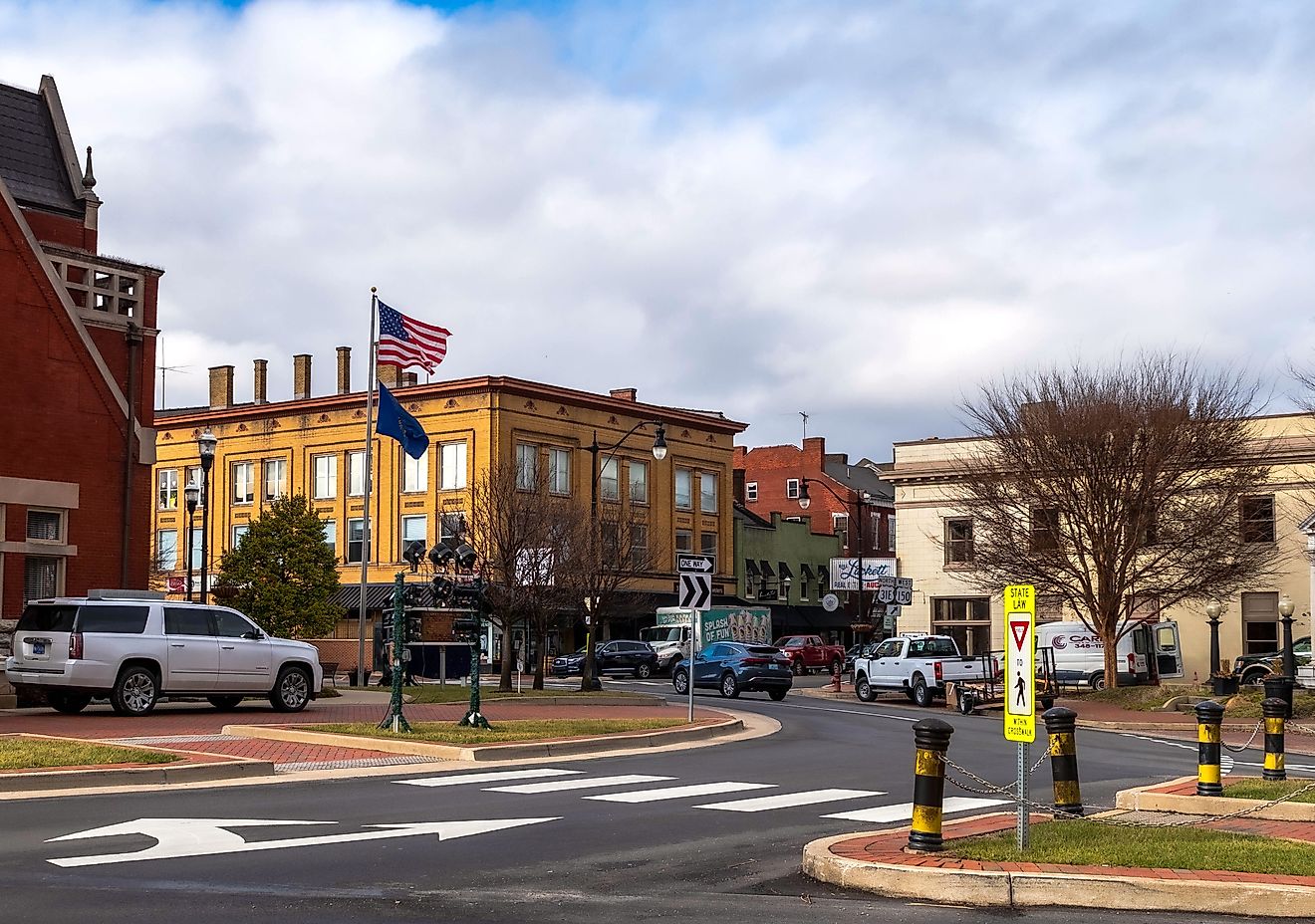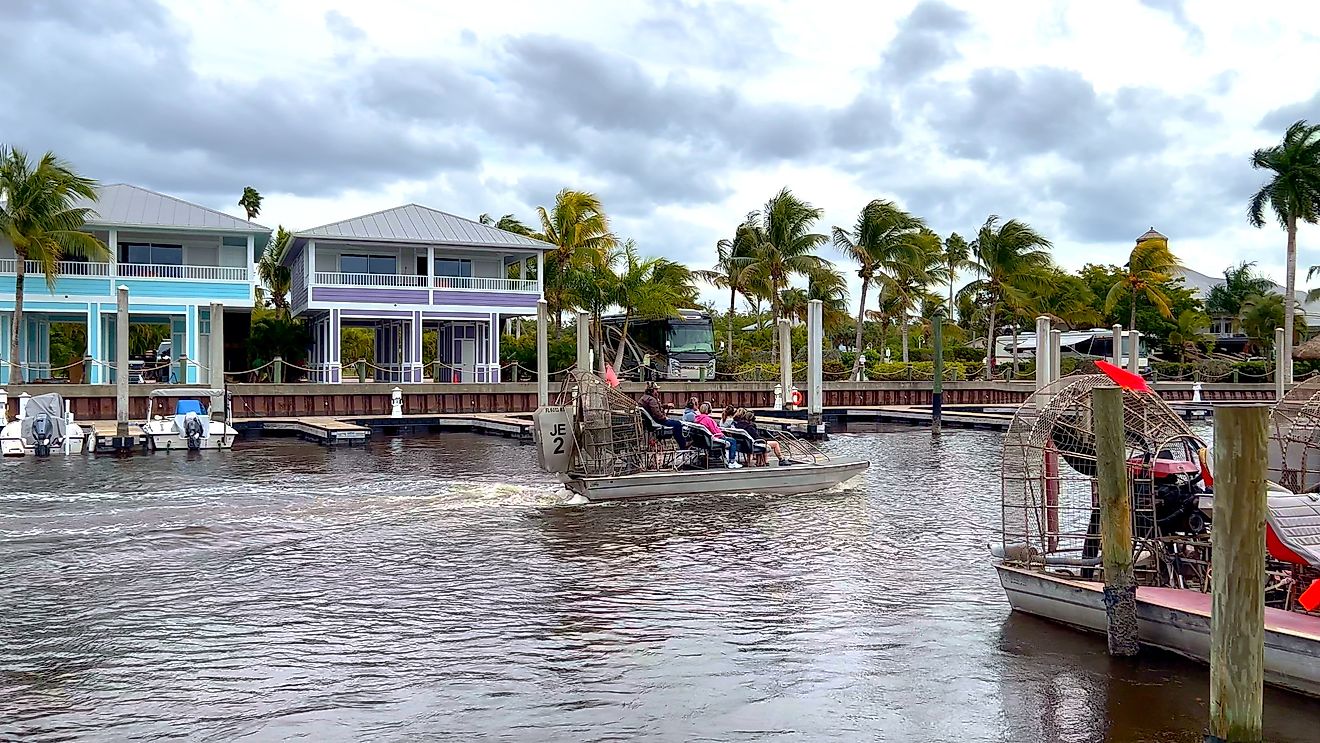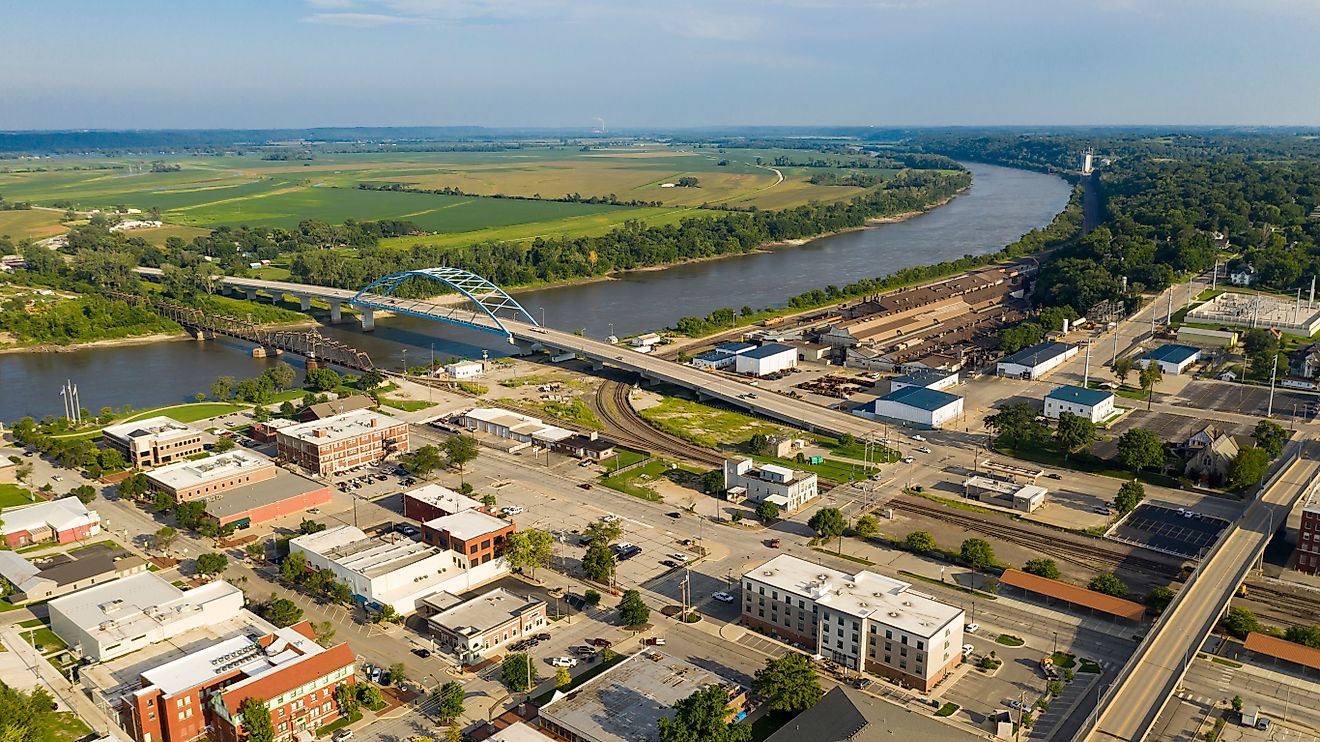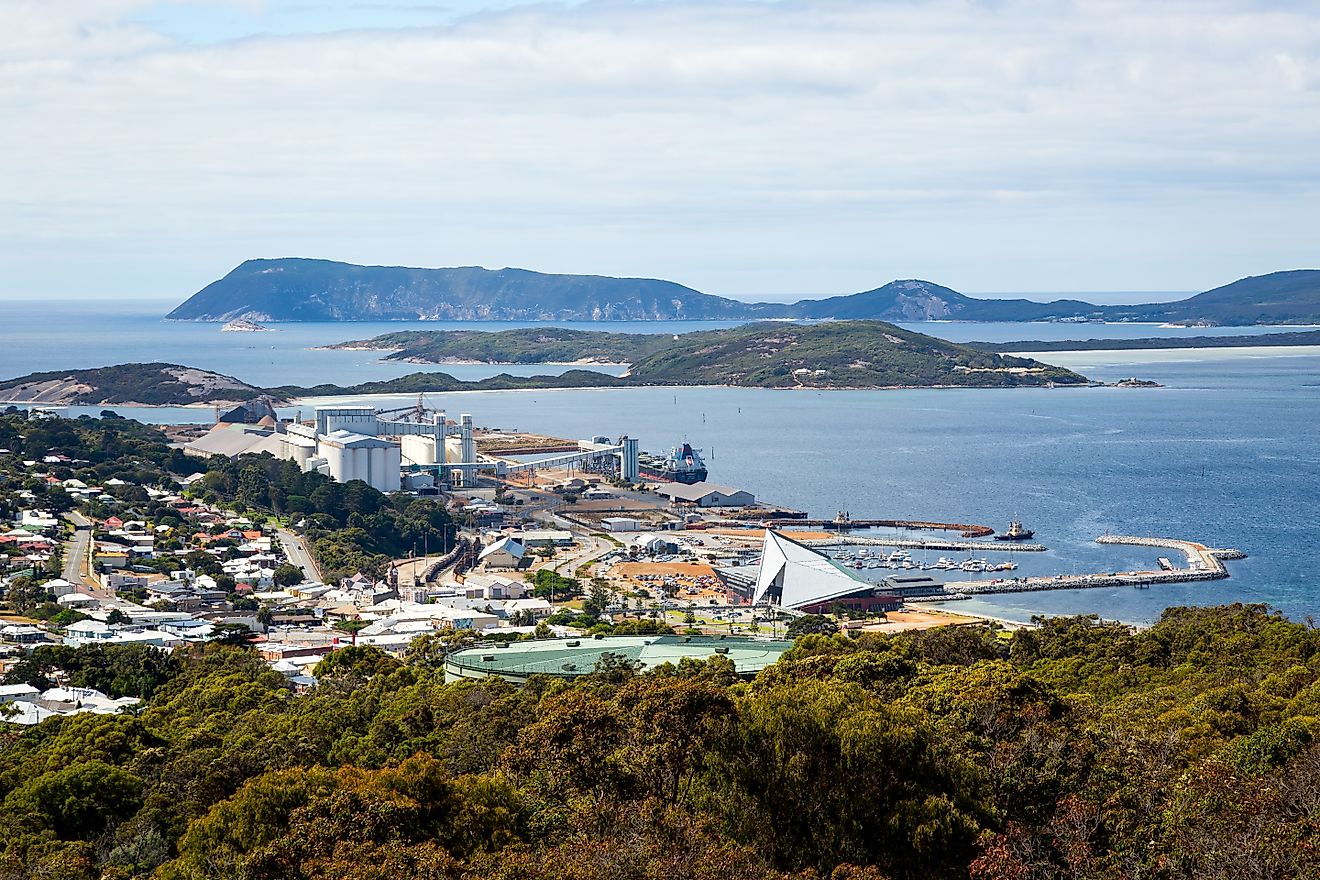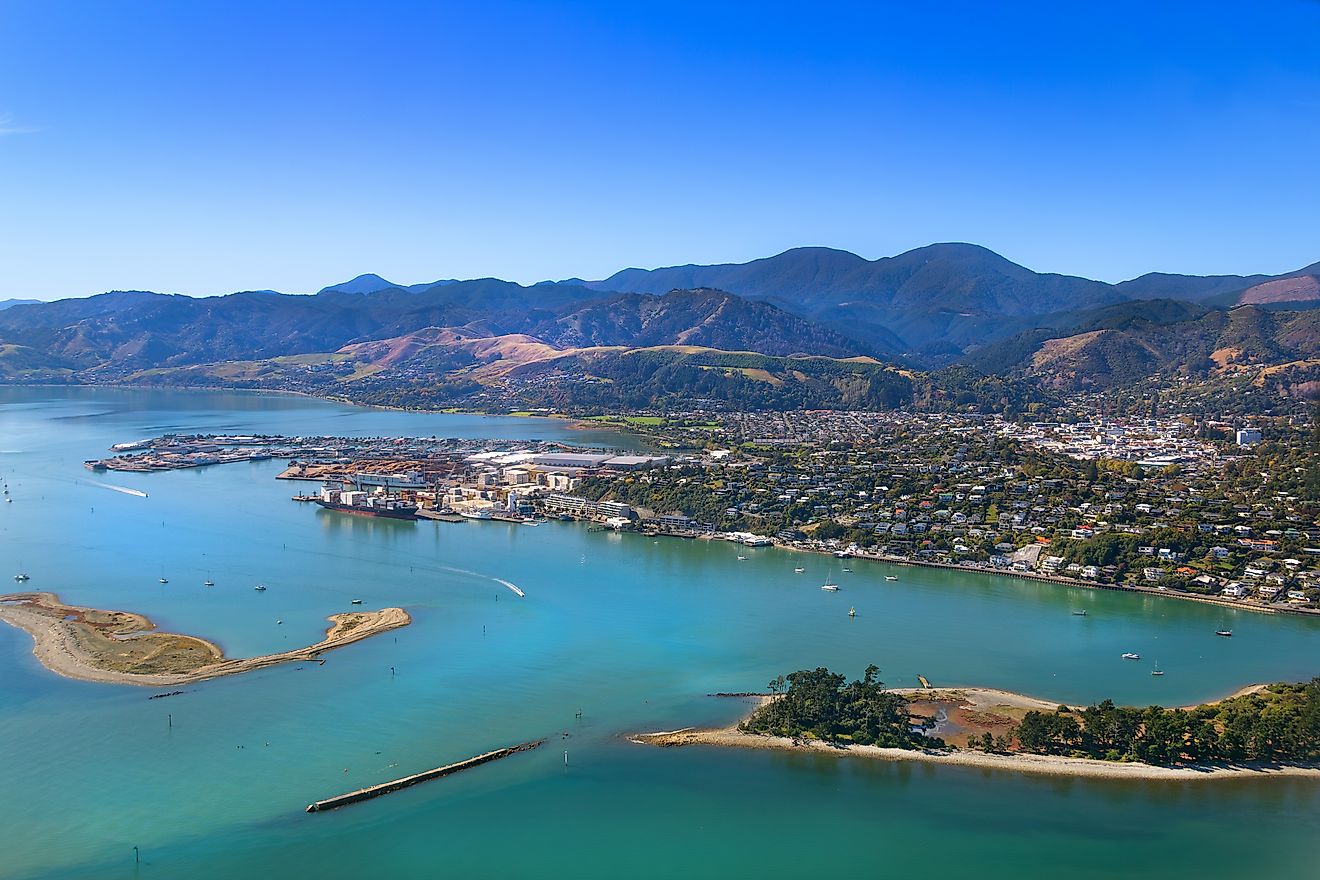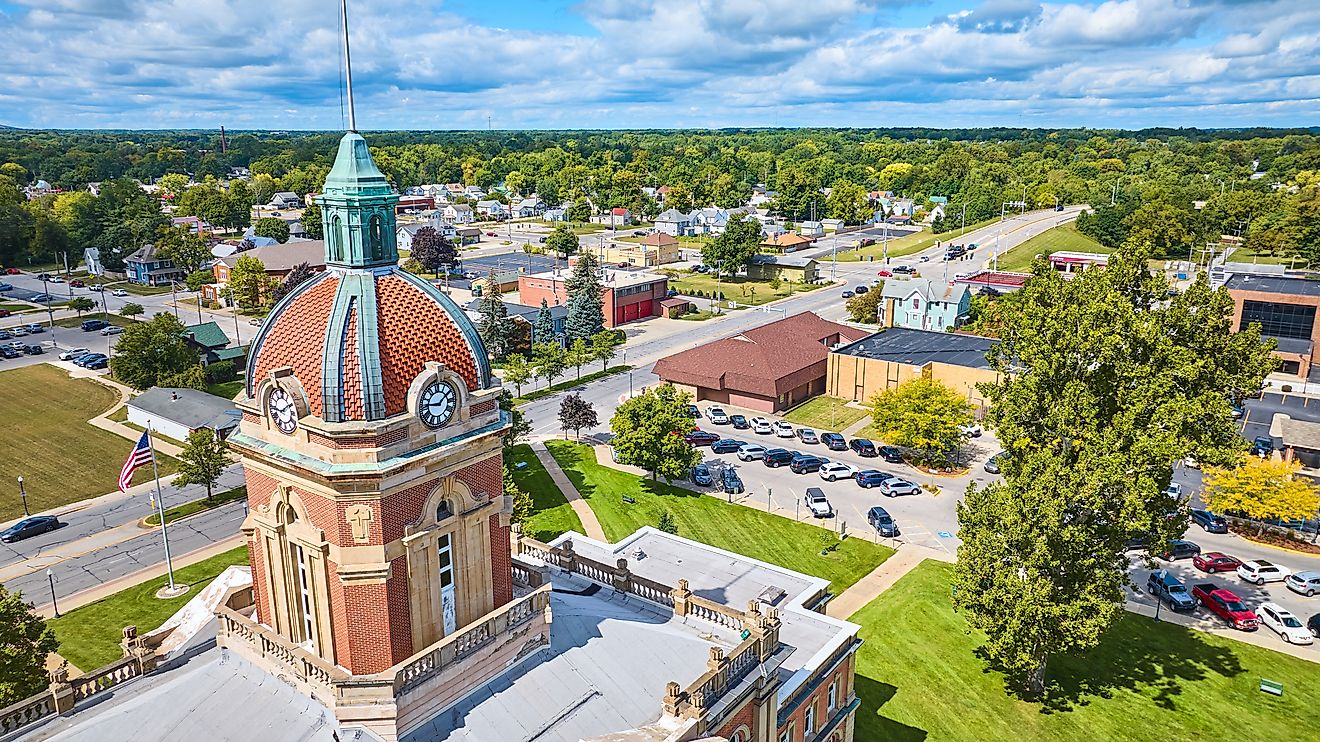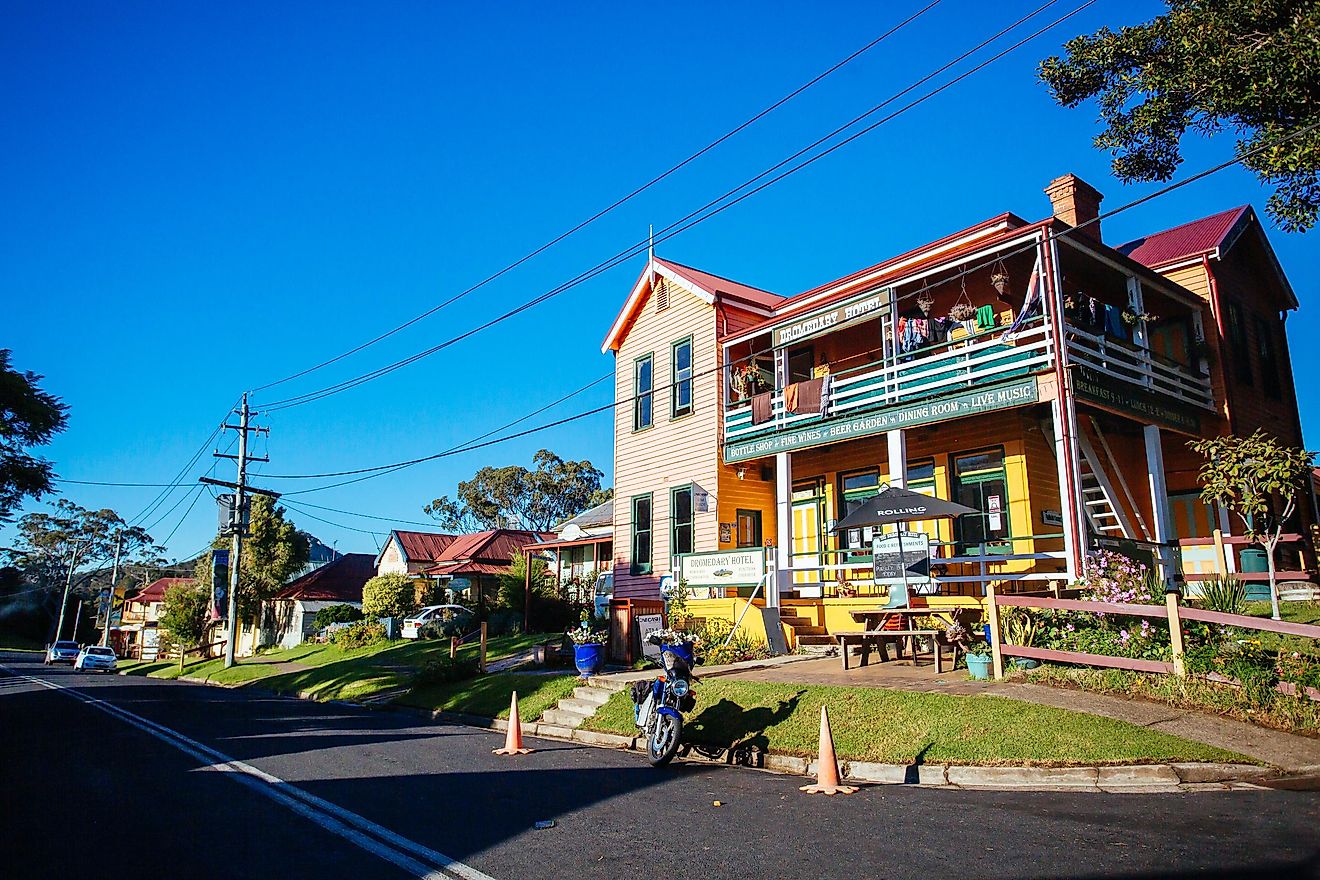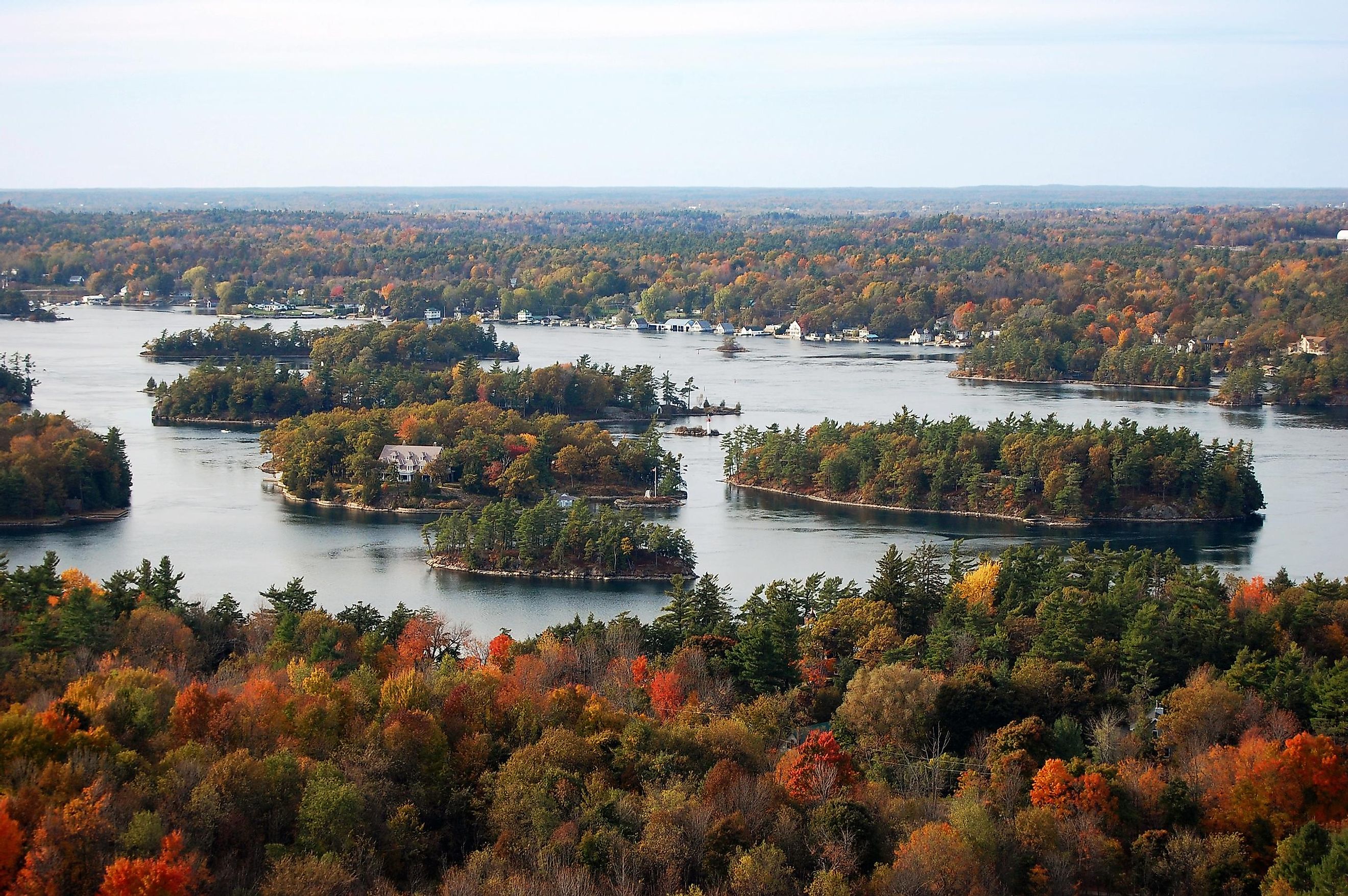
Grindstone Island
Grindstone Island is part of the Thousand Islands in New York, on the St. Lawrence River. It is the fourth largest island of the cluster, and is located on the American side of the river in Clayton, New York (Jefferson County). To get to the island, you have to arrive by boat. There are no bridges or other modes of public transportation that can take you there, but there is a public docking point for boats.
Geography And Climate
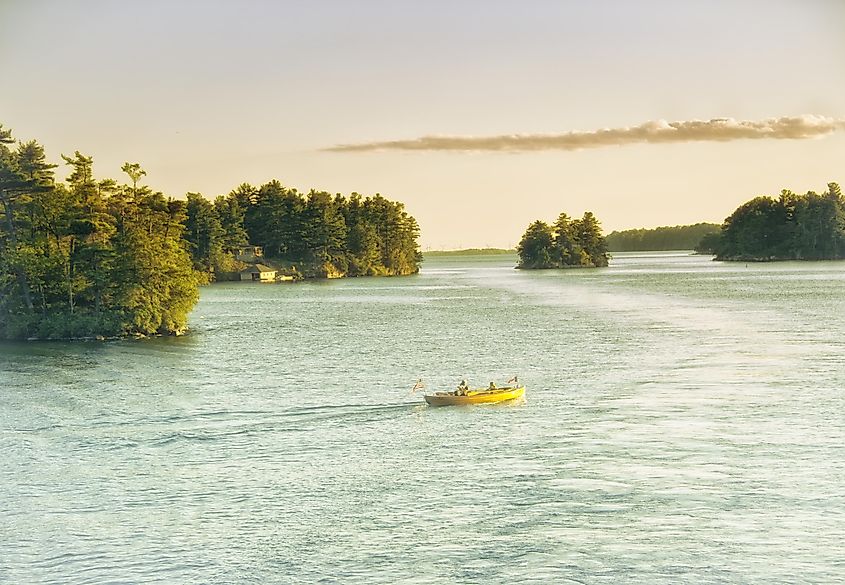
The island itself is 7 miles long and about 3 miles wide and is located on the St. Lawrence River between Canada and America. It was recognized as officially part of New York State in 1823.
The terrain is full of sandy beaches, lush forests, and even wetlands. There is Potter’s Beach at the western part of the island, and the Grindstone Island Nature Trail at the eastern point, so you can immerse yourself in different scenic backdrops and enjoy the well-protected natural habitat that is home to numerous plants and animals. Over 40% of Grindstone Island is protected by TILT, the Thousand Islands Land Trust.
The climate of the Grindstone Island area is a moist continental mid-latitude climate. That means that they have warm to cool summers and cold winters with severe storms and winds. The coldest month is January, with an average low of 14.5°F. The warmest month is July, with an average high temperature of 76.1°F.
Flora And Fauna
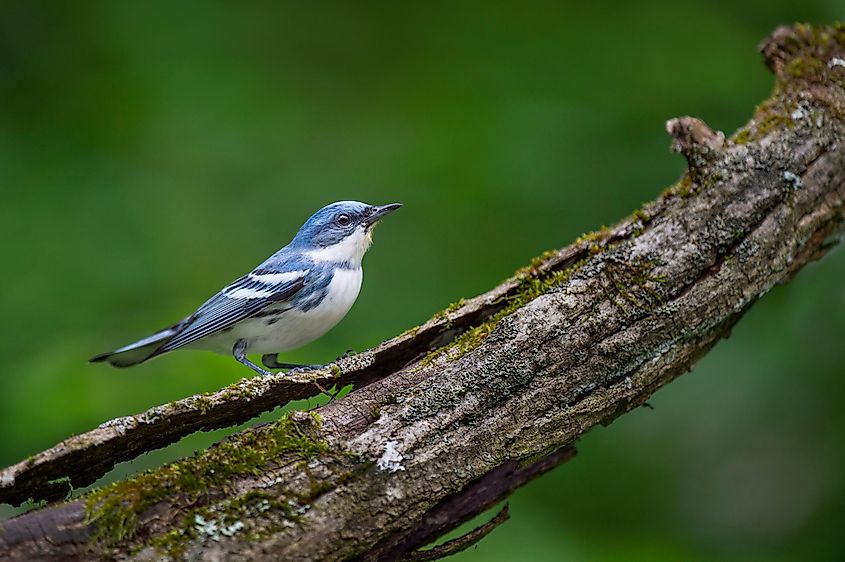
Grindstone Island is a breeding place for migratory neotropical songbirds such as the Cerulean Warbler, Yellow Warbler, and Common Yellowthroat. These birds fly to Central American regions during the winter and go North in the summertime to procreate. On the island, they reside in the Heineman Family Nature Preserve Songbird Forest, which has a pleasant environment for them. They need an undisturbed, leafy area without many predators and full of tiny insects, which is what this conservation area provides. This type of landscape is also one of the fastest disappearing in the modern United States, mainly due to development.
The wetlands found on the Grindstone Island Nature Trail also serve an important function for the natural habitat of the area. They provide flood retention during heavy rainfall while also filtering water and providing a nesting place for all sorts of birds and spawning fish. There is a loon nesting platform that floats on the wetlands. Visitors can observe it via a bridge over the marsh, which has benches. While sitting there, you may catch a glimpse of otters, beavers, mink, muskrats, and other creatures passing through.
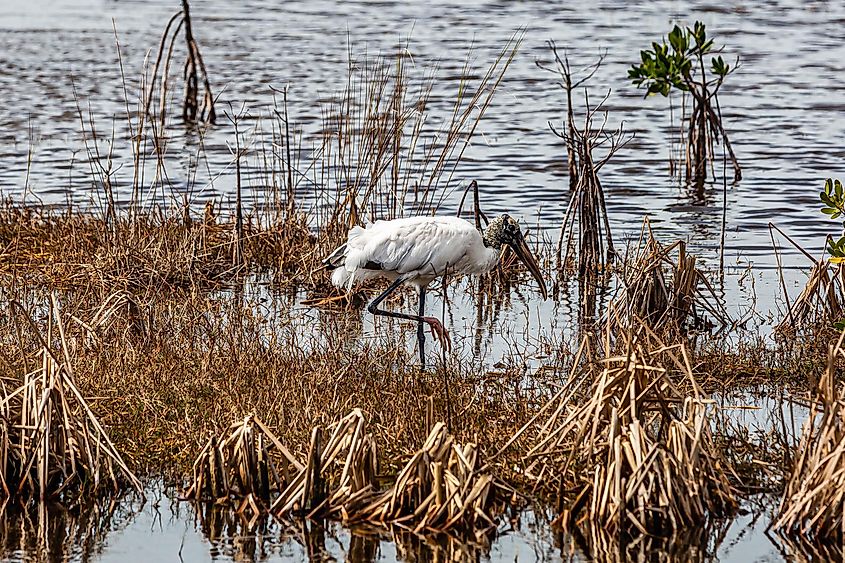
There are also tons of plants found in the Nature Trail that are competing for dominance on the land. Some species are native and invasive, and invasive species are there largely due to human activity. The native plant species include Red Oak, Shagbark Hickory, and Mayapple. Alternately, invasive species are Honeysuckle, Garlic Mustard, and Cattails. There is a variety of hardwood forest plants as well as shrubs and marsh plants throughout the island.
History
In the earliest days of human activity on the island, the Algonquins inhabited the area. This was in the 1600s when the land was known as Gore Island. In 1660, the Iroquois took over the region and stayed there for about half a century before the French, led by Samuel de Champlain, invaded. There were several struggles over that piece of land between the French and English, backed by the Algonquin and Iroquois, respectively.
By the time America had established itself as an independent colony, other Native American groups, such as the Senecas and the Mohawks, moved in and were leasing areas rich in timber to the English residents of Upper Canada. This situation led to a turf war between New York State officials and the Native American groups that also occupied the area. The American militia were eventually sent in a brief conflict over the timber called “The War of Grindstone Island,” which happened in 1823. After this, Grindstone Island was established as a part of New York State.
When the turf conflicts had been settled, Grindstone Island became a small community of people with two schools and two churches. However, the last school closed its doors in 1989. The island has an agricultural heritage, and dairy farms used to flourish there, along with a cheese factory that once used to operate.
Attractions
Potter’s Beach
Potter’s Beach is a public beach with natural sand that is one of the most popular destinations on the island. You will find it on the edge of a wooded enclave, where the forest becomes a beach. Sailboats anchor themselves in the waters during the summer months, and this pristine natural gem is open to the public to enjoy. It is also one of the only places on the island with a stretch of natural sand beach.
Grindstone Island Nature Trail
This nature trail covers nearly two miles of terrain and is one of the main things to do when visiting Grindstone Island. You can walk across a boardwalk and through the deeply forested areas, over wetland regions, and get a glimpse of the St. Lawrence River on your hike. You will observe a plethora of protected species of plants and animals that call the region home.
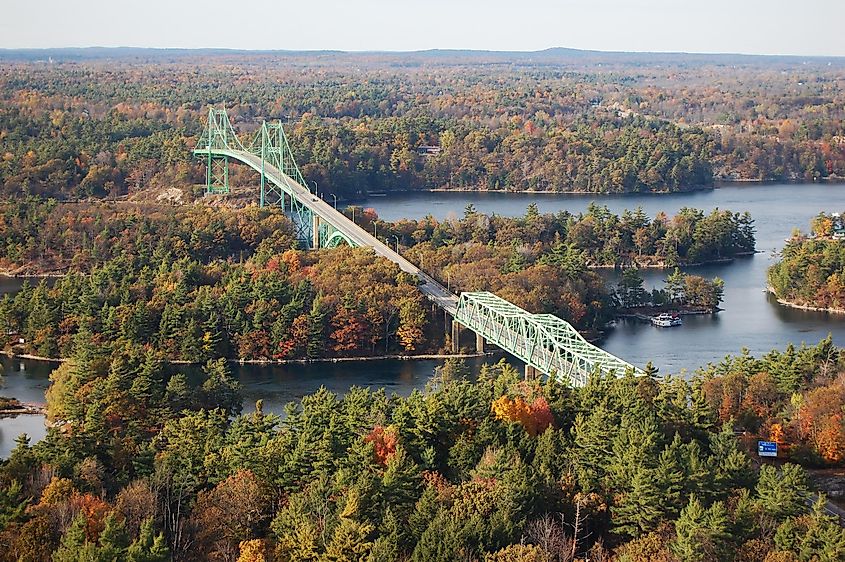
Grindstone Island is thus a gem of New York, serving as a habitat for important species and a recreational venue for residents and visitors. It is also rich in history, making it a great place to visit in the state.
